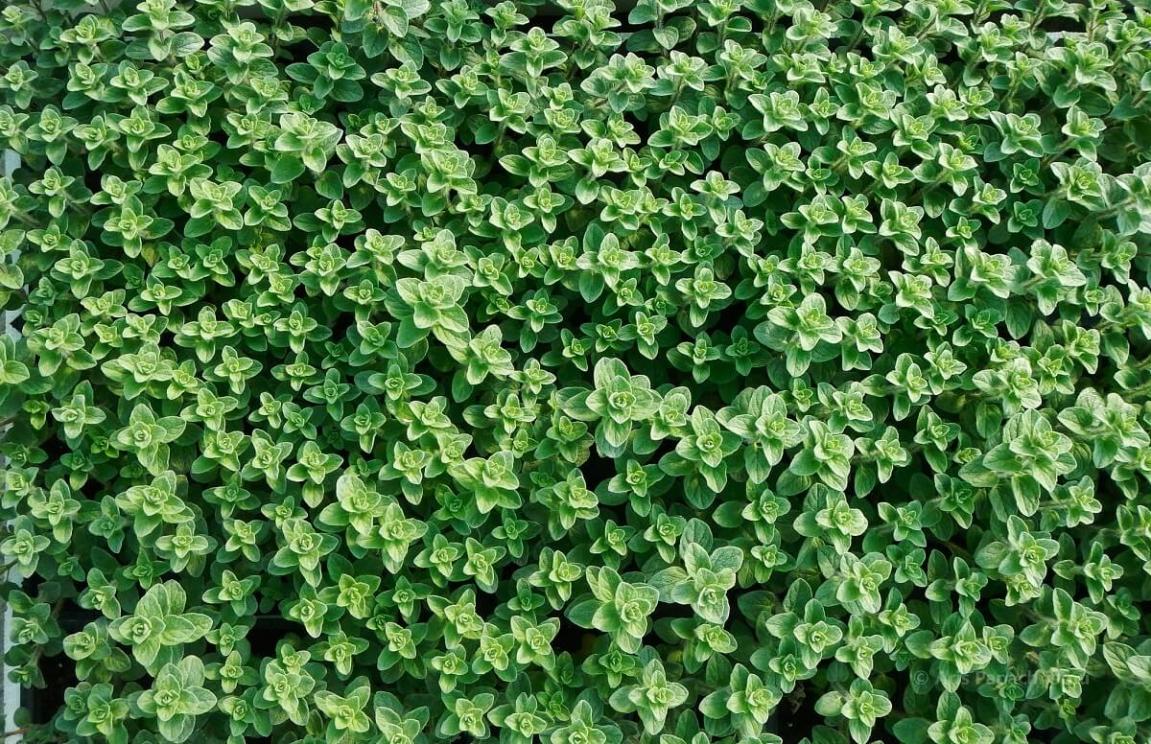How Can Satellite Data Be Used to Monitor Land Cover Changes Over Time?
Satellite data has revolutionized our ability to monitor land cover changes over time. By providing a comprehensive and consistent view of the Earth's surface, satellite data enables scientists, policymakers, and land managers to track deforestation, urbanization, agricultural expansion, and other land cover changes that have significant environmental and societal implications.

Methods Of Satellite Data Acquisition
- Remote sensing platforms: Satellites equipped with various sensors collect data about the Earth's surface.
- Data acquisition techniques: Multispectral, hyperspectral, SAR, and LiDAR data are commonly used for land cover monitoring.
Preprocessing And Data Analysis
- Data preprocessing: Radiometric and geometric corrections, atmospheric correction, and noise removal are essential steps before data analysis.
- Image classification techniques: Supervised and unsupervised classification algorithms are used to assign land cover labels to each pixel in the satellite image.
Land Cover Change Detection
- Techniques for change detection: Image differencing, post-classification comparison, change vector analysis, and LandTrendr algorithm are commonly used methods.
- Accuracy assessment and validation: Ground truth data collection and error matrix analysis are used to assess the accuracy of land cover change detection results.
Applications Of Land Cover Change Monitoring
- Forest monitoring: Satellite data is used to monitor deforestation, reforestation, and forest degradation.
- Urban expansion and land use planning: Satellite data helps track urban growth and inform land use planning decisions.
- Agricultural land use changes and crop monitoring: Satellite data is used to monitor agricultural land use changes and crop growth patterns.
- Natural disaster assessment and response: Satellite data is used to assess the extent and impact of natural disasters.
- Climate change studies and carbon accounting: Satellite data is used to study the impacts of climate change on land cover and carbon stocks.
Challenges And Future Directions
- Data availability and accessibility: Ensuring consistent and timely access to satellite data remains a challenge.
- Cloud cover and atmospheric interference: Cloud cover and atmospheric conditions can hinder data acquisition and analysis.
- Integration of multi-source data and fusion techniques: Combining data from different satellites and sensors can improve the accuracy and reliability of land cover change monitoring.
- Machine learning and deep learning for land cover change analysis: These techniques have the potential to automate and improve the efficiency of land cover change detection.
Satellite data has become an indispensable tool for monitoring land cover changes over time. By providing valuable insights into the dynamics of the Earth's surface, satellite data helps us understand the impact of human activities and natural processes on the environment. As technology continues to advance, the potential of satellite data for land cover change monitoring and its applications in addressing environmental challenges and promoting sustainable development will only grow.
YesNo

Leave a Reply